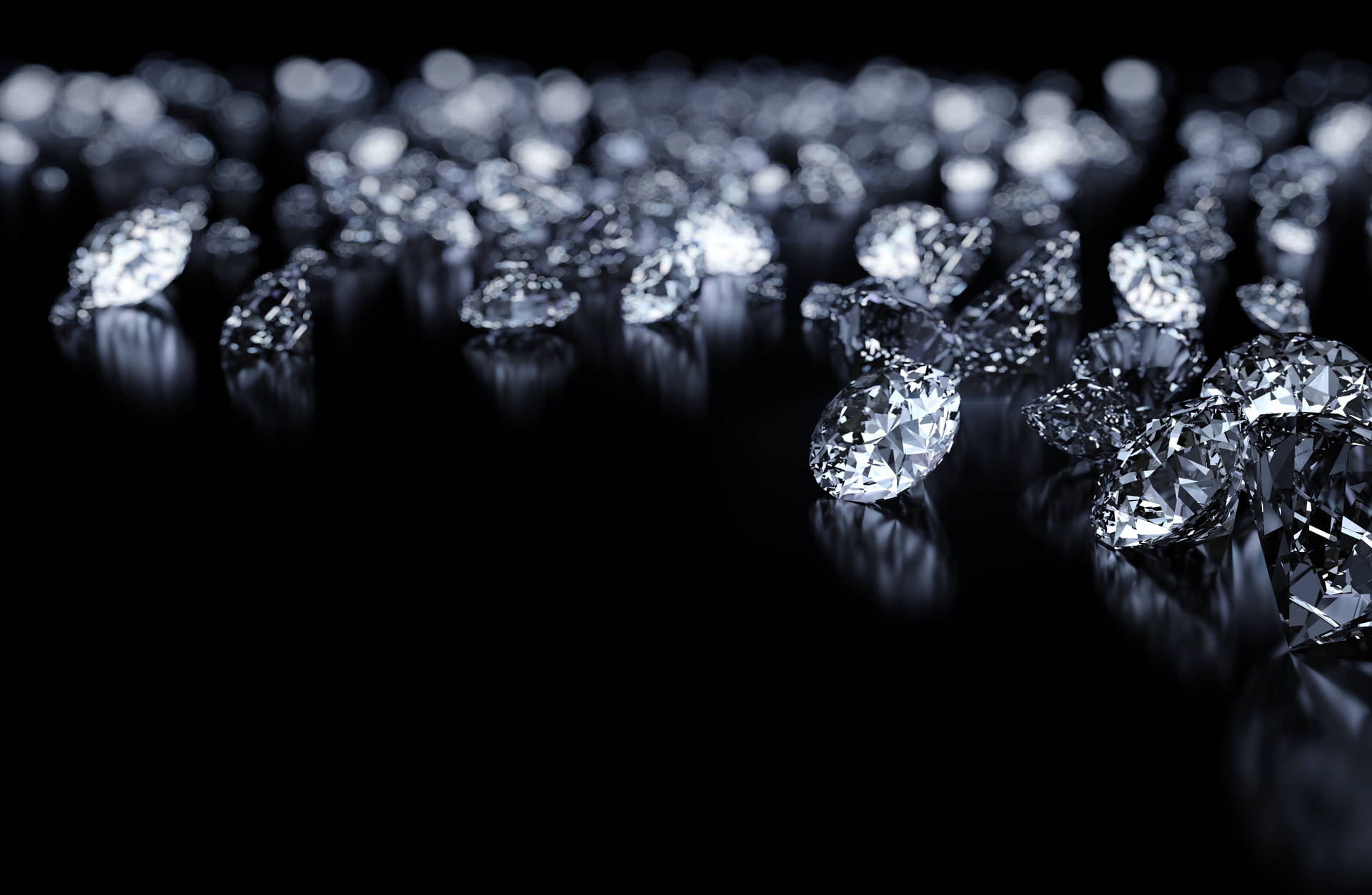Mined Diamonds Are Not Rare: Understanding the True Value of Diamonds

For centuries, diamonds have been marketed as rare and precious, a symbol of wealth, power, and luxury. This perception has largely been shaped by the traditional diamond industry, which has worked tirelessly to promote diamonds as rare, finite resources. However, recent developments in the diamond industry have led many to challenge this notion. It’s important to recognize that mined diamonds are not rare in the way that they have been portrayed. With the rise of alternative options like lab-grown diamonds, the concept of rarity in diamonds is being reevaluated. This article delves into why mined diamonds are not rare and explores how this realization is reshaping the diamond market.
Table of Contents
The De Beers Monopoly and the Myth of Rarity
For much of the 20th century, De Beers, the largest diamond mining company, controlled much of the global diamond market. This monopoly allowed them to dictate the supply and demand of diamonds, carefully managing production to maintain the illusion of rarity. By limiting the number of diamonds released into the market, De Beers effectively created a false scarcity, inflating the perceived value of diamonds and reinforcing the idea that mined diamonds are rare.
However, this artificial scarcity was designed to drive up prices, not because diamonds were inherently rare. In reality, diamonds are abundant in the earth’s crust, and their supply is not as limited as the diamond industry has led consumers to believe. Mined diamonds are not rare; they are simply tightly controlled by the companies that dominate the industry, creating the illusion of scarcity.
Mined Diamonds Are Abundant in the Earth’s Crust
Diamonds are a natural mineral that forms deep within the Earth’s mantle under extreme pressure and temperature conditions. While the process of diamond formation takes millions of years, the sheer volume of diamonds that exist within the Earth’s crust is vast. In fact, geologists estimate that there are more than 1 quadrillion carats of diamonds beneath the Earth’s surface, making them far from rare.
The abundance of diamonds is further demonstrated by the fact that new diamond deposits continue to be discovered regularly, especially in countries like Russia, Botswana, and Canada. This discovery of new mines challenges the idea that mined diamonds are rare, highlighting the fact that the diamond market has been artificially manipulated for economic reasons. While certain diamonds, such as those with exceptional color or size, may be rarer than others, the general supply of mined diamonds is far from limited.
Advances in Diamond Mining Technology
Advances in diamond mining technology have also contributed to the availability of diamonds. Modern mining techniques, including open-pit mining, underground mining, and offshore dredging, have made it easier and more efficient to extract diamonds from the Earth. These advancements have allowed for larger volumes of diamonds to be mined, further dispelling the notion that mined diamonds are rare.
The extraction process has become more streamlined, and mining operations have expanded into previously inaccessible regions. As a result, the supply of mined diamonds has increased, making them more accessible than ever before. With new technology making it easier to find and mine diamonds, the supply of these gems continues to grow, further proving that mined diamonds are not rare.
The Rise of Lab-Grown Diamonds and Their Impact on the Market
The emergence of lab-grown diamonds has also brought attention to the idea that mined diamonds are not rare. Lab-grown diamonds, which are created in a laboratory using high-pressure, high-temperature (HPHT) or chemical vapor deposition (CVD) methods, are virtually identical to natural diamonds in terms of their physical, chemical, and optical properties. These diamonds are produced in a fraction of the time it takes for natural diamonds to form, and they are not subject to the same scarcity issues as mined diamonds.
Lab-grown diamonds are now being produced at scale, and their growing popularity has helped to shift consumer perceptions of diamond rarity. As more consumers choose lab-grown diamonds for their ethical, sustainable, and affordable benefits, the demand for mined diamonds has begun to wane. The rise of lab-grown diamonds has further underscored the fact that mined diamonds are not rare; rather, they are part of an artificially controlled market.
Environmental and Ethical Considerations in the Diamond Industry
Another reason why mined diamonds are not rare is the environmental and ethical impact of diamond mining. Mined diamonds are often associated with destructive environmental practices, including deforestation, habitat destruction, and water pollution. Furthermore, the mining industry has been linked to human rights violations, including child labor and unsafe working conditions. These issues have prompted many consumers to reconsider their choices and seek more sustainable and ethical alternatives, such as lab-grown diamonds.
While lab-grown diamonds offer a more ethical and environmentally friendly option, the reality remains that the supply of mined diamonds is far from limited. The industry’s efforts to maintain the illusion of rarity and scarcity only serve to mask the significant environmental and human costs associated with diamond extraction. By recognizing that mined lab made diamonds are not rare, consumers can make more informed decisions about their purchases and choose options that align with their values.
The Value of Mined Diamonds vs. Lab-Grown Diamonds
The true value of diamonds lies not in their rarity, but in the quality, craftsmanship, and personal meaning they hold. Mined diamonds have long been considered a symbol of luxury and wealth, but as the market for lab-grown diamonds grows, this perception is beginning to change. Lab-grown diamonds offer a more affordable, sustainable, and ethical alternative to mined diamonds, without sacrificing beauty or quality.
The idea that mined diamonds are rare has contributed to their inflated prices. However, as lab-grown diamonds become more widely accepted, the concept of rarity is being redefined. Lab-grown diamonds are not only more affordable, but they also offer consumers the opportunity to invest in a high-quality diamond without the environmental or ethical concerns associated with mining. This shift in consumer behavior is challenging the traditional diamond market and helping to redefine what makes a diamond valuable.
The Future of the Diamond Industry
The future of the diamond industry is likely to be shaped by a greater understanding of the true abundance of diamonds and the ethical concerns surrounding diamond mining. As consumers become more aware that mined diamonds are not rare, they are increasingly turning to lab-grown diamonds as a responsible and affordable alternative. This shift is leading to a more transparent and sustainable diamond market, where rarity is no longer the defining characteristic of a valuable diamond.
In the coming years, the diamond industry may continue to evolve, with lab-grown diamonds gaining greater market share. As the demand for ethical and sustainable products grows, the perception of mined diamonds as rare and valuable may continue to diminish. Mined diamonds, once seen as a symbol of luxury and exclusivity, will need to adapt to the changing market if they wish to remain relevant in an industry increasingly driven by sustainability and transparency.
Conclusion: Mined Diamonds Are Not Rare
In conclusion, the notion that mined diamonds are rare is a myth perpetuated by the diamond industry to maintain high prices and control the market. In reality, diamonds are abundant in the Earth’s crust, and advances in mining technology have made them more accessible than ever. The rise of lab-grown diamonds further underscores the fact that mined diamonds are not rare, as these synthetic diamonds offer the same qualities at a lower cost and with fewer ethical and environmental concerns. As consumers continue to demand more sustainable and responsible options, the diamond industry will have to adapt to this new reality, and the myth of rarity will no longer hold the same power it once did.







